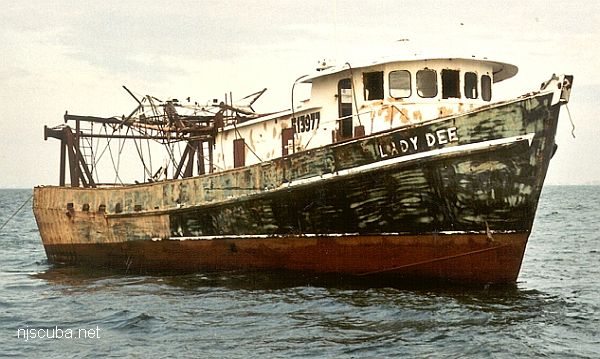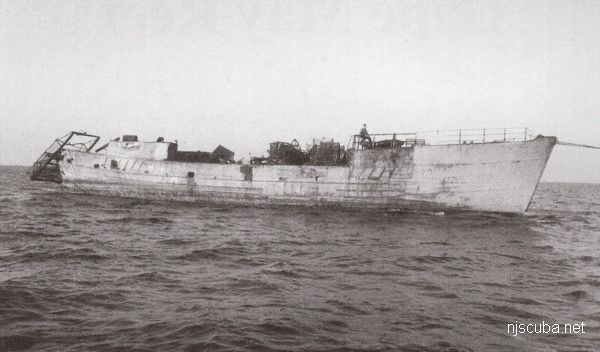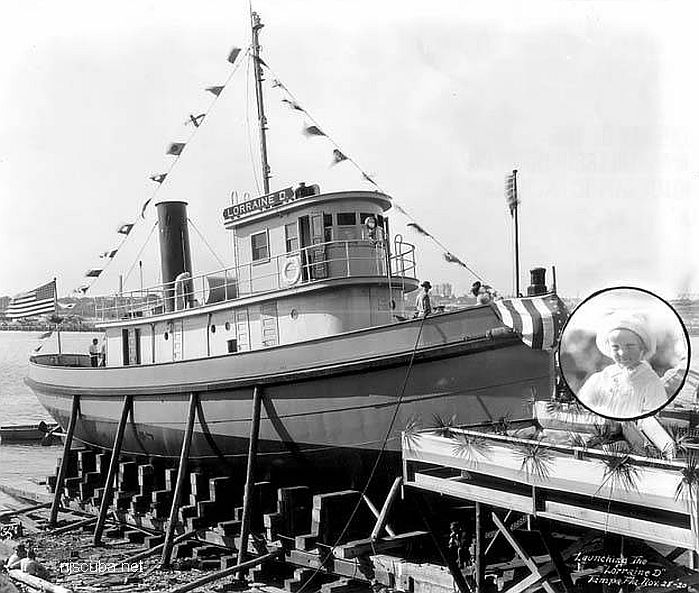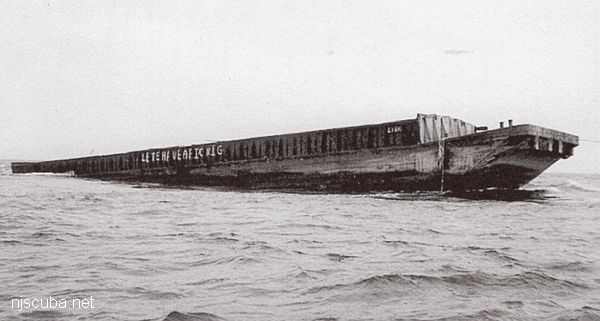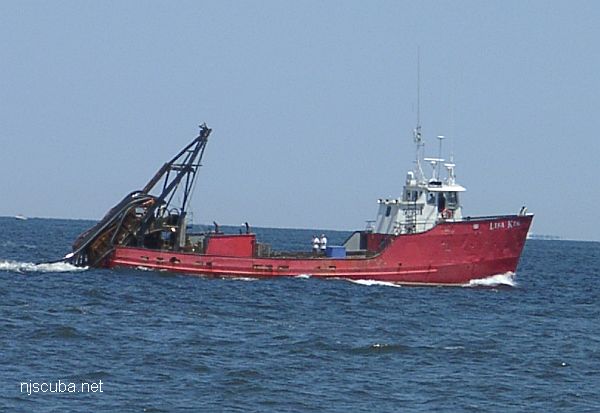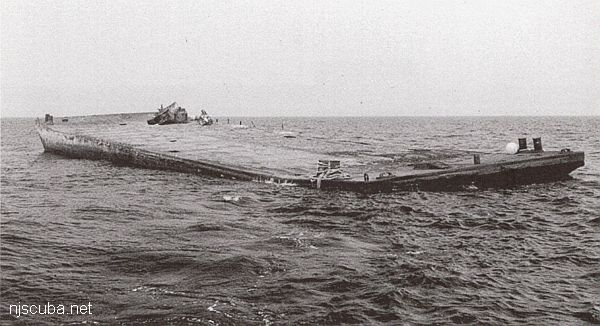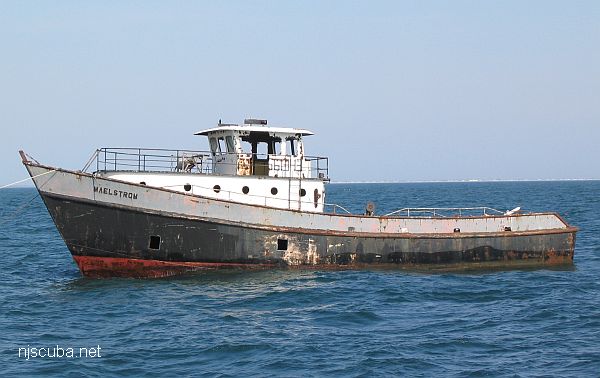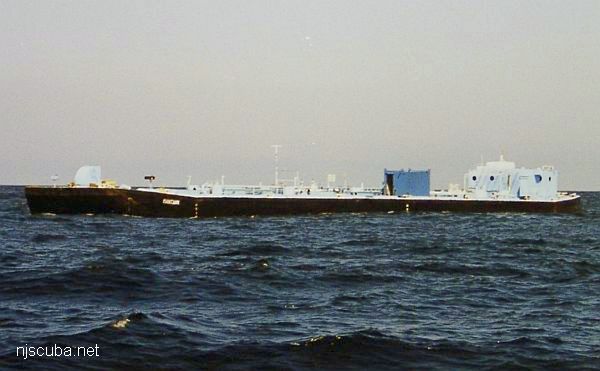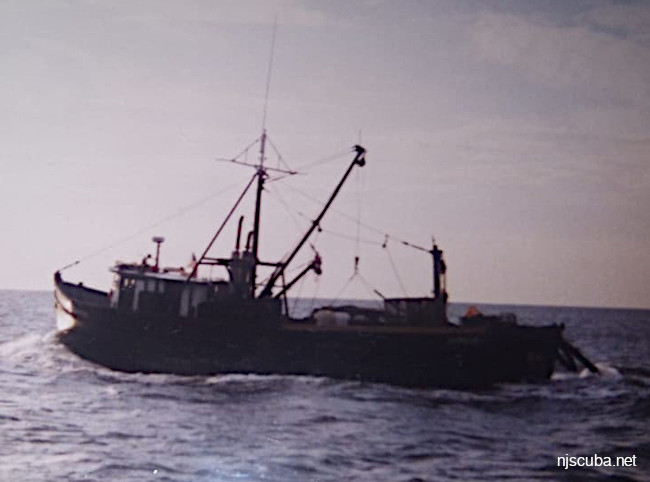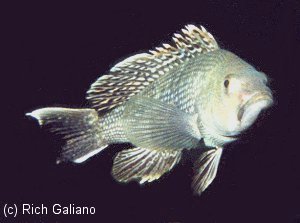Although they are both called basses, Stripers and Black Sea Bass are not closely related. Striped Bass are more closely related to ocean perches, while Black Sea Bass are related to tropical basslets and groupers. The Striped Bass is the largest member of the sea bass family, often called "temperate" or "true" bass to distinguish it from species such as largemouth, smallmouth, and spotted bass which are actually members of the sunfish family Centrarchidae. Porgies are much more highly compressed ( side-to-side ) than basses, and are not closely related.
More: Sea Basses & Porgies ...
